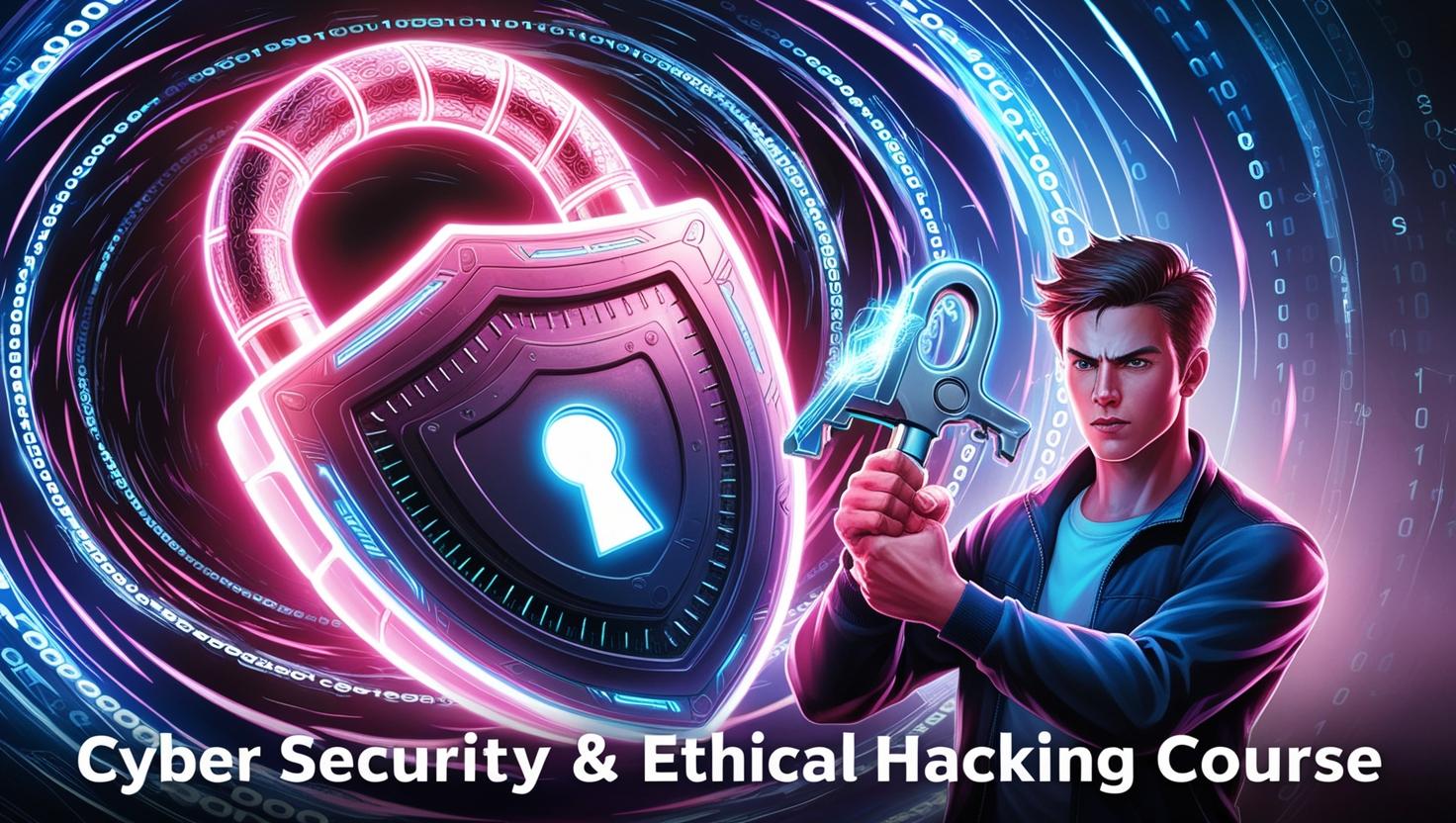Avoiding Common Pitfalls in Penetration Testing: A Guide for Cybersecurity Professionals
 krupa prajapati
krupa prajapati
Penetration testing, or ethical hacking, is a critical process that helps businesses uncover security vulnerabilities before cybercriminals can exploit them. However, many penetration testers and organizations unknowingly make mistakes that compromise the effectiveness of these tests. Identifying and avoiding these common pitfalls is essential for strengthening cybersecurity defenses.
This guide explores some of the most frequent penetration testing mistakes and offers practical solutions to ensure a comprehensive and reliable security assessment.
1. Failing to Define a Clear Scope and Objectives
The Mistake:
A common oversight in penetration testing is not having well-defined objectives and scope. Without clarity, testers might miss key assets, resulting in an incomplete assessment.
How to Avoid It:
- Clearly outline the scope, detailing the systems, applications, and networks to be tested.
- Set specific objectives, such as evaluating authentication weaknesses or testing resilience against ransomware attacks.
- Collaborate with stakeholders to ensure critical assets are prioritized.
2. Skipping Comprehensive Reconnaissance
The Mistake:
Rushing into exploitation without thorough reconnaissance can lead to overlooked vulnerabilities and inefficient testing.
How to Avoid It:
- Use tools like Nmap and Wireshark to gather intelligence on the target system.
- Leverage OSINT (Open-Source Intelligence) methods to identify potential security gaps.
- Analyze past security incidents to understand common attack vectors.
3. Neglecting Social Engineering Attacks
The Mistake:
Many penetration tests focus only on technical vulnerabilities, ignoring human-based threats like phishing and impersonation attacks.
How to Avoid It:
- Include phishing simulations in your penetration testing strategy.
- Educate employees on recognizing and reporting social engineering attempts.
- Conduct regular security awareness training to minimize human error risks.
4. Over-Reliance on Automated Tools
The Mistake:
While tools like Metasploit and Nessus are invaluable, relying solely on automation can lead to false positives or undetected threats.
How to Avoid It:
- Validate automated results with manual penetration testing techniques.
- Use a combination of tools and methodologies to ensure accuracy.
- Employ experienced penetration testers who can analyze results with human intuition.
5. Overlooking Privilege Escalation Opportunities
The Mistake:
Many testers stop after gaining initial access, failing to assess whether attackers can escalate privileges.
How to Avoid It:
- Test for privilege escalation by simulating real-world attack scenarios.
- Identify misconfigurations and weak permissions that could allow an attacker to gain higher-level access.
- Implement patches and security updates to address privilege escalation vulnerabilities.
6. Ignoring Real-World Attack Scenarios
The Mistake:
Some penetration tests follow predictable patterns rather than replicating real-world attack strategies.
How to Avoid It:
- Implement red teaming exercises to simulate advanced cyber threats.
- Use real-time threat intelligence to inform penetration testing strategies.
- Experiment with different attack vectors, including zero-day vulnerabilities and lateral movement techniques.
7. Focusing Solely on Network Security and Ignoring Web Applications
The Mistake:
Many penetration testers emphasize network security but overlook web application vulnerabilities like SQL injection and XSS.
How to Avoid It:
- Conduct web application security tests following OWASP standards.
- Perform both static and dynamic analysis to uncover security flaws.
- Implement web application firewalls (WAFs) to protect against common exploits.
8. Underestimating Cloud Security Risks
The Mistake:
With businesses increasingly moving to cloud-based infrastructure, failing to assess cloud security is a major oversight.
How to Avoid It:
- Include cloud environments in penetration testing scopes.
- Identify misconfigured storage, weak IAM policies, and insecure APIs.
- Regularly audit cloud security policies to ensure compliance.
9. Poor Documentation and Reporting
The Mistake:
Even if a penetration test is successful, poor documentation can render the findings useless.
How to Avoid It:
- Create a well-structured report with clear findings and actionable recommendations.
- Include an executive summary for management and detailed technical explanations for IT teams.
- Maintain proper documentation for future reference and security planning.
10. Neglecting Remediation and Follow-Up Testing
The Mistake:
Identifying vulnerabilities is only the first step—many organizations fail to implement fixes or verify that patches are effective.
How to Avoid It:
- Work with IT teams to ensure timely remediation of vulnerabilities.
- Conduct re-testing to confirm that security measures are effective.
- Establish an ongoing penetration testing schedule to keep security up to date.
Kickstart Your Cybersecurity Career with the Right Training
As cyber threats become more advanced, the demand for skilled cybersecurity professionals is rising. A solid foundation in penetration testing and ethical hacking is crucial for anyone looking to enter this field.
Boston Institute of Analytics’ Cyber Security Certificate Program in Thane
If you're interested in ethical hacking and penetration testing, the Cyber Security Certificate Program in Thane offers a . This program includes:
- Practical training in penetration testing, ethical hacking, and vulnerability assessment.
- Hands-on experience with cybersecurity tools and techniques.
- Expert guidance on cloud security, network security, and incident response.
- A recognized certification that enhances career prospects in cybersecurity.
Conclusion
Penetration testing is a crucial aspect of cybersecurity, but its effectiveness depends on avoiding common mistakes. By setting clear objectives, conducting thorough reconnaissance, including social engineering tests, and ensuring proper documentation, organizations can enhance their security posture significantly.
If you're serious about building a cybersecurity career, enrolling in the Cyber security Professional Courses is an excellent way to gain hands-on expertise. With the right training, you can play a vital role in strengthening cybersecurity defenses and preventing cyber threats before they happen.
Subscribe to my newsletter
Read articles from krupa prajapati directly inside your inbox. Subscribe to the newsletter, and don't miss out.
Written by
